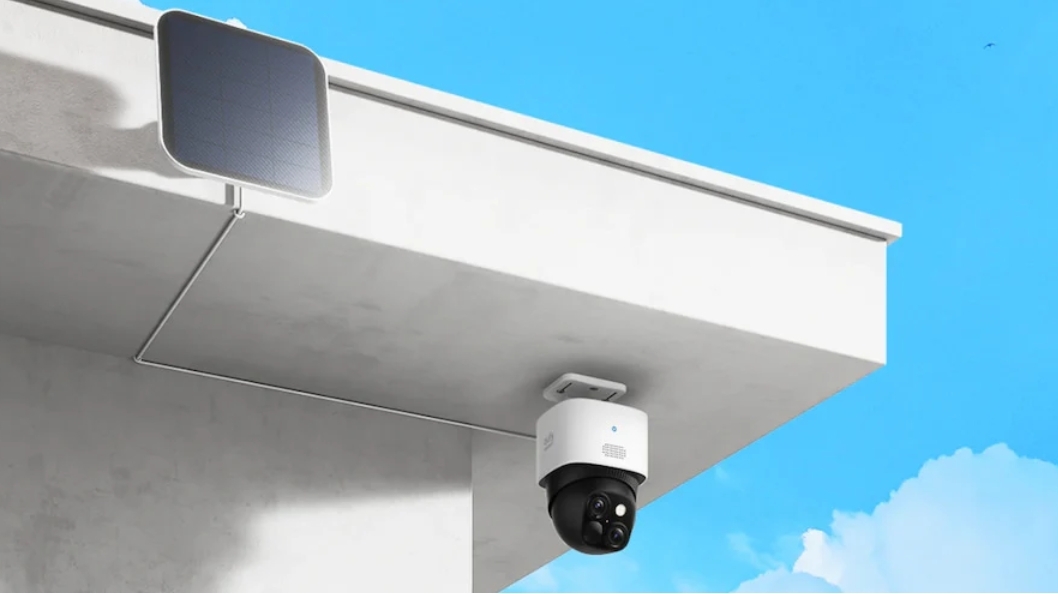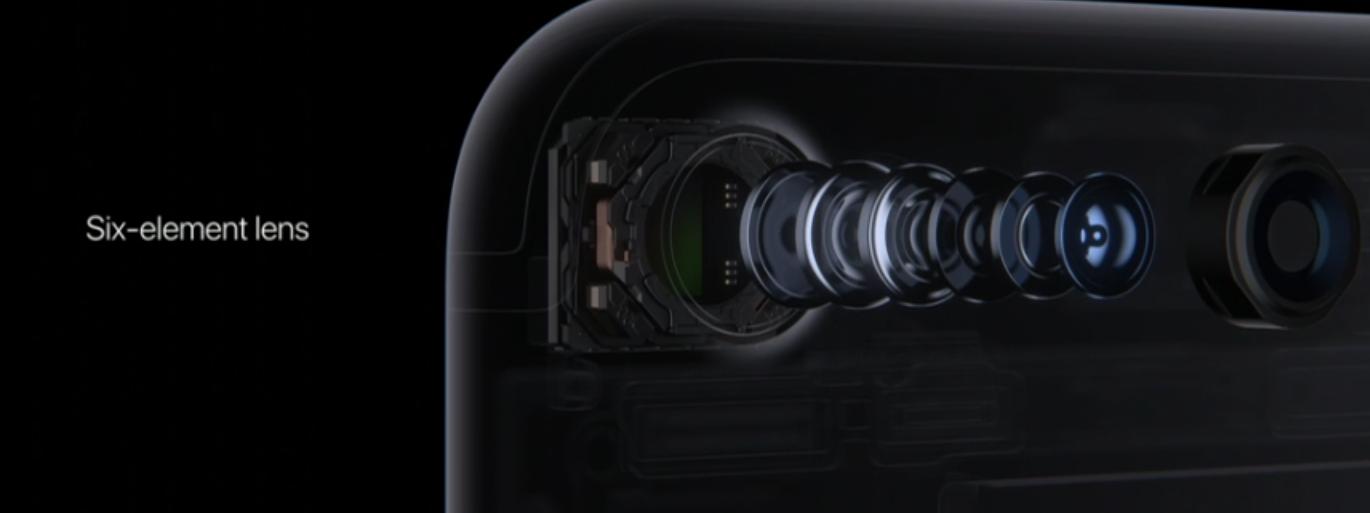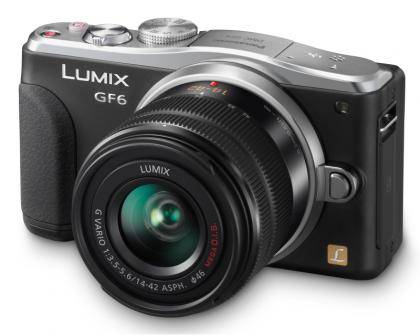Wireless security camera systems provide a modern solution for safeguarding homes and businesses. They offer a seamless way to monitor premises without the hassle of extensive wiring, making them a popular choice for those seeking simplicity and efficiency. The technology behind these systems has evolved significantly, giving users more control and access to advanced features. From easy installation to flexibility and remote monitoring capabilities, these systems deliver substantial benefits that traditional wired systems can’t match. Understanding these advantages will help you make an informed decision about bolstering your property’s defenses. When considering wireless security cameras systems, you'll find numerous features that make them an attractive investment.

Key Benefits of Wireless Security Camera Systems
Wireless security camera systems provide unparalleled convenience and adaptability.
Easy Installation and Setup
Setting up a wireless security camera system is generally user-friendly, often requiring just a few tools and minimal technical knowledge. Start by choosing strategic locations for optimal coverage, then securely mount the cameras. Most systems come with comprehensive guides and a companion mobile app to guide you through the process. Plugging the cameras into a power source and connecting them to your Wi-Fi network is usually the next step. The absence of extensive wiring is a major advantage, allowing cameras to be placed where they’re needed most, not just near power outlets or network cables. This ease of installation not only saves time and money but also makes relocating or adding cameras anywhere in the property straightforward and cost-effective.
Remote Access and Monitoring
One of the standout benefits of wireless security camera systems is their ability to offer remote access and monitoring. Users can log into a secure app on their smartphone, tablet, or computer to view live feeds from their cameras no matter where they are. This is not only convenient but essential for those who frequently travel or spend extended periods away from their property. The immediate access allows homeowners and business operators to be proactive about their security, checking in anytime. Furthermore, most systems support two-way audio, enabling communication through the camera to anyone on the other side. Whether you’re ensuring the safety of loved ones or checking in on pets, remote monitoring keeps you connected and informed.
Scalability and Flexibility
Wireless systems excel in scalability and flexibility, allowing for incremental expansion based on your needs. This makes them suitable for various settings, from small homes to large enterprises. If your security needs grow, additional cameras can be effortlessly integrated into your existing network without elaborate installation procedures. This flexibility is further enhanced by the ability to reposition cameras easily, adapting to changing security requirements and layouts. The variety of camera types, such as outdoor, indoor, and even specialty models like pan-tilt-zoom (PTZ) cameras, offers tailored solutions for specific scenarios.
Advanced Features Enhancing Security
Superior features in wireless security camera systems significantly boost their appeal, offering advantages that extend beyond basic monitoring.
High-Definition Video Quality
Today’s wireless security cameras offer stunning high-definition video quality, making it easier to capture detailed images and video feeds. The crisp footage is crucial when identifying faces, license plates, or small details that may be pivotal in security incidents. Cameras commonly feature resolutions ranging from 1080p to even 4K UHD, delivering a sharp, clear picture. This high-quality imagery is invaluable not only for real-time monitoring but also for reviewing footage if an event occurs. Many systems also offer digital zoom capabilities, allowing you to focus on specific areas without sacrificing clarity.

Night Vision Capabilities
Night vision is a crucial feature of modern wireless security cameras that ensures 24-hour protection. Infrared LEDs and low-light sensors allow these cameras to capture clear images in complete darkness or low-light conditions. This technology delivers a distinct advantage, as most security breaches occur under the cover of night. The range and clarity of night vision can vary, so choosing a camera with a robust night vision range is essential for critical areas. With night vision, you can rest assured knowing your system doesn’t compromise on security after dark, effectively deterring potential intruders and recording vital details regardless of lighting conditions.
Motion Detection and Alerts
Motion detection technology revolutionizes how security systems function. By focusing on movement, these cameras conserve storage space and bandwidth, only record when activity is detected. Users can customize sensitivity levels and configure specific zones to monitor, reducing false alarms from routine movements, such as a passing car or rustling tree branch. When motion is detected, instant alerts are sent via text, email, or push notifications, enabling immediate action or review of the situation. This real-time response system not only saves storage but serves as an active deterrent, as potential intruders are aware that they’re being monitored the moment they step into the camera’s field of view.
Considerations Before Investing
Before investing in a wireless security system, ensure it aligns with your specific needs and circumstances.
Assessing Wi-Fi Strength and Coverage
Proper functionality of wireless security cameras hinges on a reliable Wi-Fi connection. Conduct a thorough assessment of your Wi-Fi strength and coverage across the areas you intend to monitor. Use Wi-Fi analysis tools or apps to map out coverage and identify weak spots. If needed, consider adding Wi-Fi extenders or mesh networks to boost signal strength. Ensure that your internet service plan can handle the bandwidth requirements of multiple cameras streaming high-resolution video, especially if remote monitoring is a feature you plan to use frequently. A robust network is fundamental to ensuring uninterrupted security.
Evaluating Battery Life and Power Sources
Powering wireless cameras comes down to choosing between battery-powered options and those that require outlets. Battery-powered cameras offer incredible flexibility in placement, as they are not tethered to a power source. However, they require regular recharging or battery replacement, making it crucial to check battery life ratings and user reviews to gauge performance. Some models incorporate solar panels to extend battery life, a worthwhile consideration if the location gets ample sunlight. Alternatively, AC-powered cameras provide continuous power but require nearby electrical outlets, limiting placement options. Balancing convenience with reliability is key to a seamless security experience.
Conclusion
Choosing to invest in a wireless security camera system provides peace of mind, offering a balance of ease, flexibility, and robust security features. Whether you’re prioritizing seamless installation, high-definition video, or the convenience of remote monitoring, these systems deliver versatile solutions that cater to modern security demands. It’s essential to consider the specifics of your location and coverage needs to maximize your investment. With thoughtful planning and the right components, a wireless security camera system will effectively safeguard your property and ensure peace of mind both at home and on the go.











